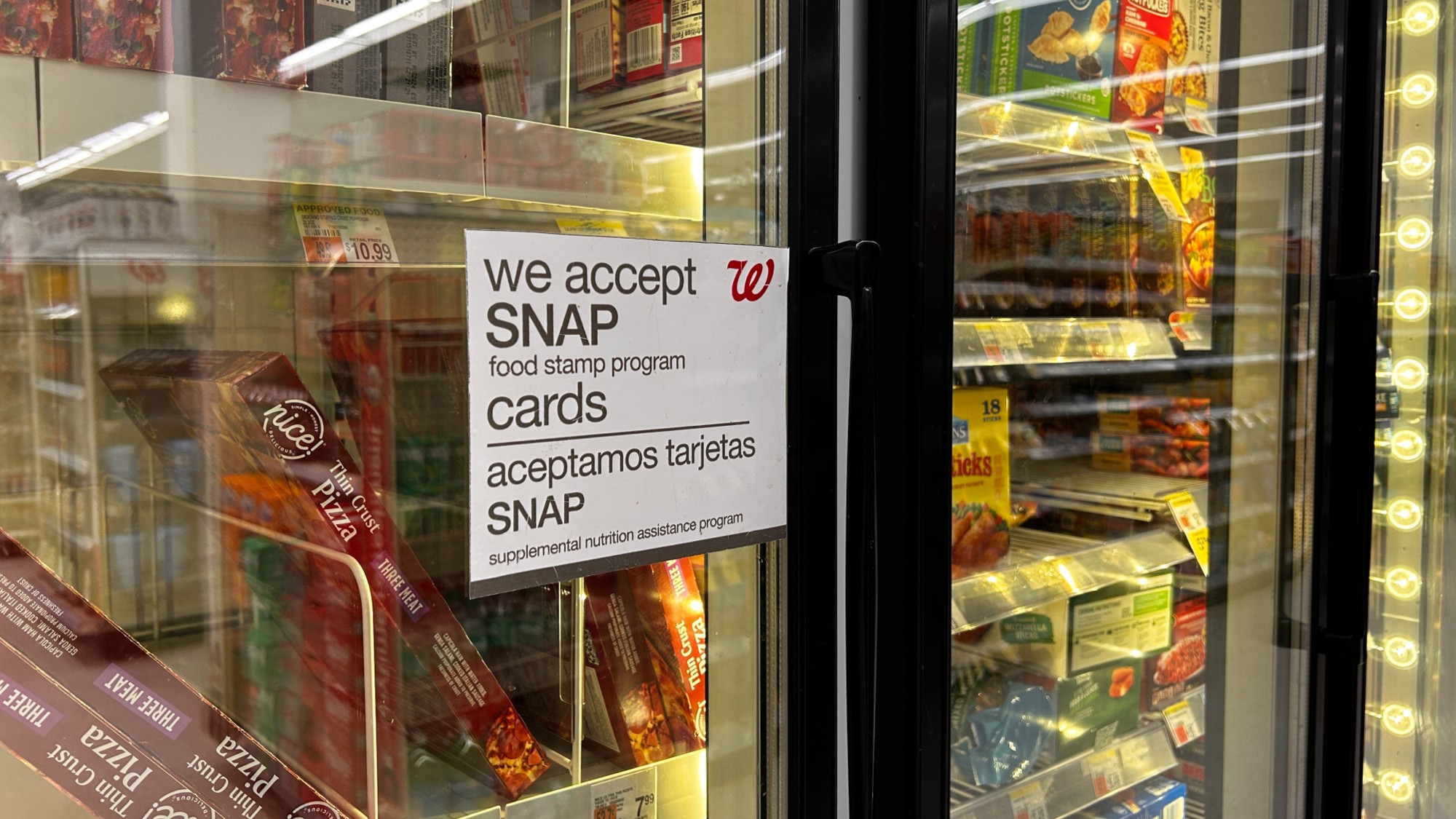Palestinian couscous: From a Nazareth kitchen to yours
“Middle Eastern cuisine stretches galaxies beyond falafel and shish kebabs.”
“Middle Eastern cuisine stretches galaxies beyond falafel and shish kebabs,” said Rawia Bishara in Olives, Lemons & Za’atar (Kyle Books). Growing up in a Palestinian family in Nazareth with parents who were foodies before the word was invented, I learned much about that culinary range from my mother. She was enough of a traditionalist that she made her own olive oil and goat cheese, but even when making one of the dishes of her native Galilee, “she understood the value of bending the rules.” Tanoreen, my restaurant in Brooklyn, is a tribute to her.
Maftoul is a pearl-shaped pasta that’s often incorrectly labeled in America as Israeli couscous. I’ve learned to use the store-bought version, unlike my mother, who formed the granules by rolling wheat flour with water over a sieve. I still prefer fresh pearl onions to frozen, even though peeling them takes considerable time. Because my father hated to see my mother cry, he always used to step in to peel the onions—shutting the kitchen door so that no one could see him cry.
Recipe of the week:
Subscribe to The Week
Escape your echo chamber. Get the facts behind the news, plus analysis from multiple perspectives.

Sign up for The Week's Free Newsletters
From our morning news briefing to a weekly Good News Newsletter, get the best of The Week delivered directly to your inbox.
From our morning news briefing to a weekly Good News Newsletter, get the best of The Week delivered directly to your inbox.
Maftoul with chicken, chickpeas, and pearl onions
- 6 tsp ground caraway seeds
- 1 tbsp ground allspice
- 1 tbsp ground cumin
- 1 tbsp ground coriander
- 1 tbsp salt or to taste
- 1 tbsp freshly ground black pepper
- ½ tsp ground nutmeg
- ½ tsp ground cardamom
- ½ tsp ground cinnamon
- One 2½- to 3-lb chicken, cut into 4 or 8 pieces
- 10 tbsp olive oil or 4 tbsp ghee
- 2 lbs fresh pearl onions, peeled
- 4 yellow onions, chopped
- 1 lb dried chickpeas, soaked overnight and boiled until al dente, or two 15-oz cans, drained and rinsed
- Juice of ½ lemon
- 2 lbs maftoul
In a bowl, combine caraway, allspice, cumin, coriander, salt, pepper, nutmeg, cardamom, and cinnamon. Rub half of the spice mixture over chicken. Set aside the remaining half.
In a large, heavy-bottomed pot, heat 6 tbsp oil or 4 tbsp ghee over medium heat. Slip chicken skin-side down into the pot; sear until golden brown, 6 to 8 minutes. Flip and sear 5 minutes more. Transfer chicken to a plate. Add pearl and yellow onions and sauté until they begin to color, 5 to 7 minutes. Return chicken to pot; add chickpeas and 3 quarts water; bring to a boil. Skim off any foam that rises to the surface. Reduce heat, cover, and simmer until chicken is about to fall off the bone, 45 minutes to 1 hour. Stir in lemon juice.
Meanwhile, in a large skillet fitted with a lid, heat 4 tbsp olive oil over medium-high heat. Add the maftoul, stir to coat, and sauté until pearly white, 2 to 3 minutes. Stir in the reserved spice mixture and sauté until fragrant. Pour in 6 cups broth from the chicken pot and bring to a boil. Reduce heat, cover, and simmer until the maftoul is soft, adding more broth as needed, 15 to 20 minutes. Spoon the maftoul onto a large, rimmed serving platter. Arrange chicken, chickpeas, and onions around it. Serves 4.
Sign up for Today's Best Articles in your inbox
A free daily email with the biggest news stories of the day – and the best features from TheWeek.com
-
 Fed leaves rates unchanged as Powell warns on tariffs
Fed leaves rates unchanged as Powell warns on tariffsspeed read The Federal Reserve says the risks of higher inflation and unemployment are increasing under Trump's tariffs
-
 'The program long ago ceased to be temporary help'
'The program long ago ceased to be temporary help'Instant Opinion Opinion, comment and editorials of the day
-
 Denmark to grill US envoy on Greenland spying report
Denmark to grill US envoy on Greenland spying reportspeed read The Trump administration ramped up spying on Greenland, says reporting by The Wall Street Journal